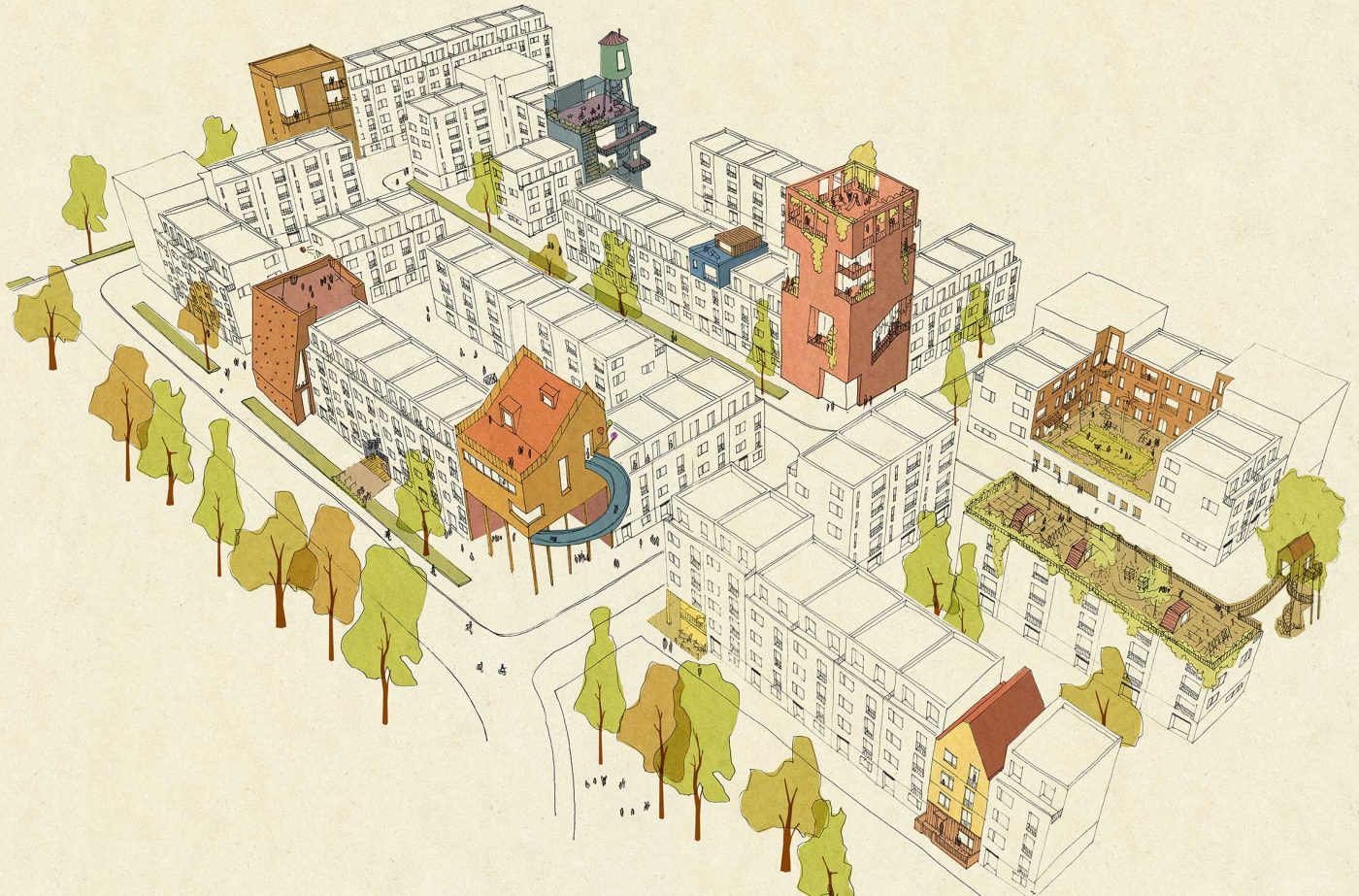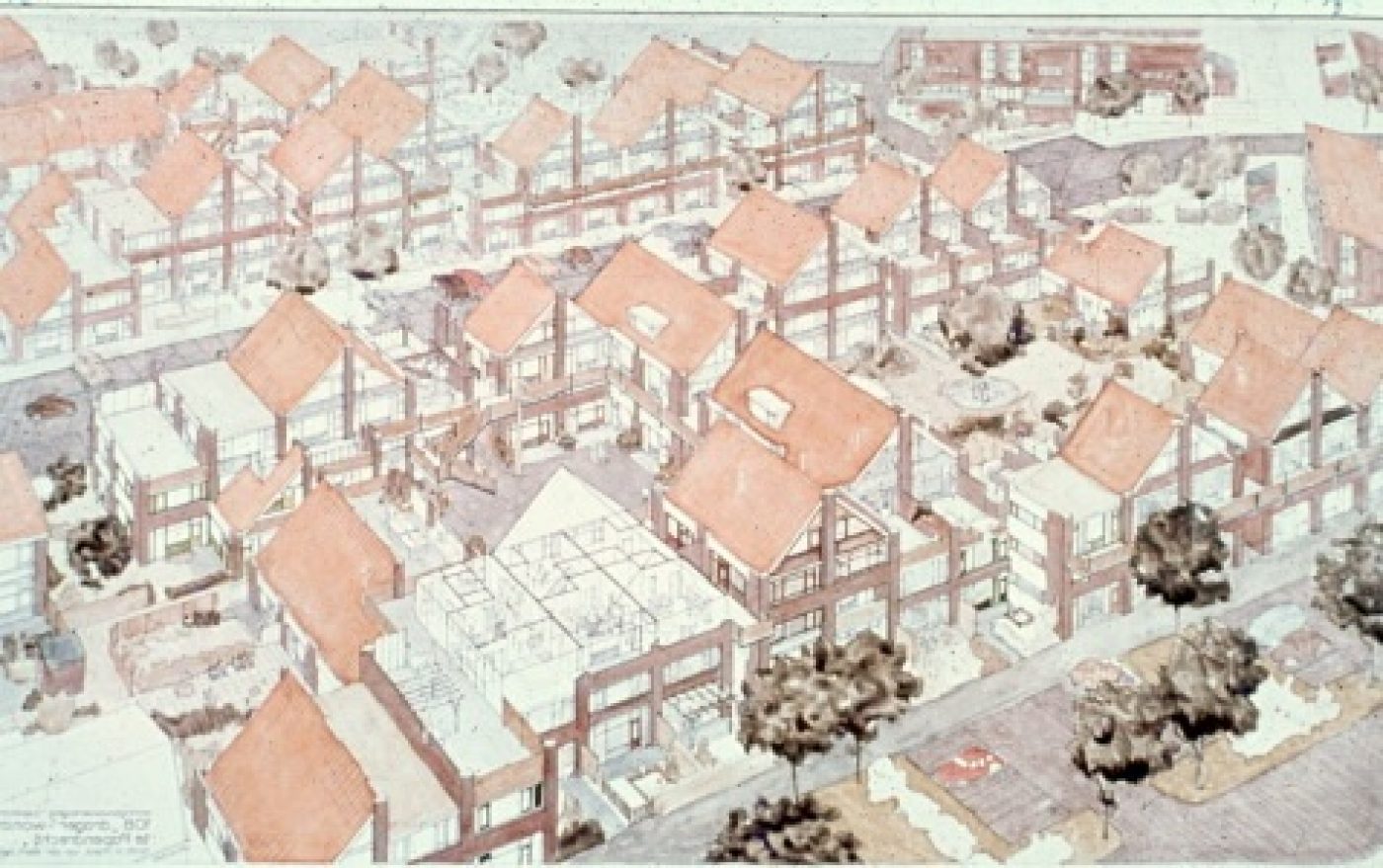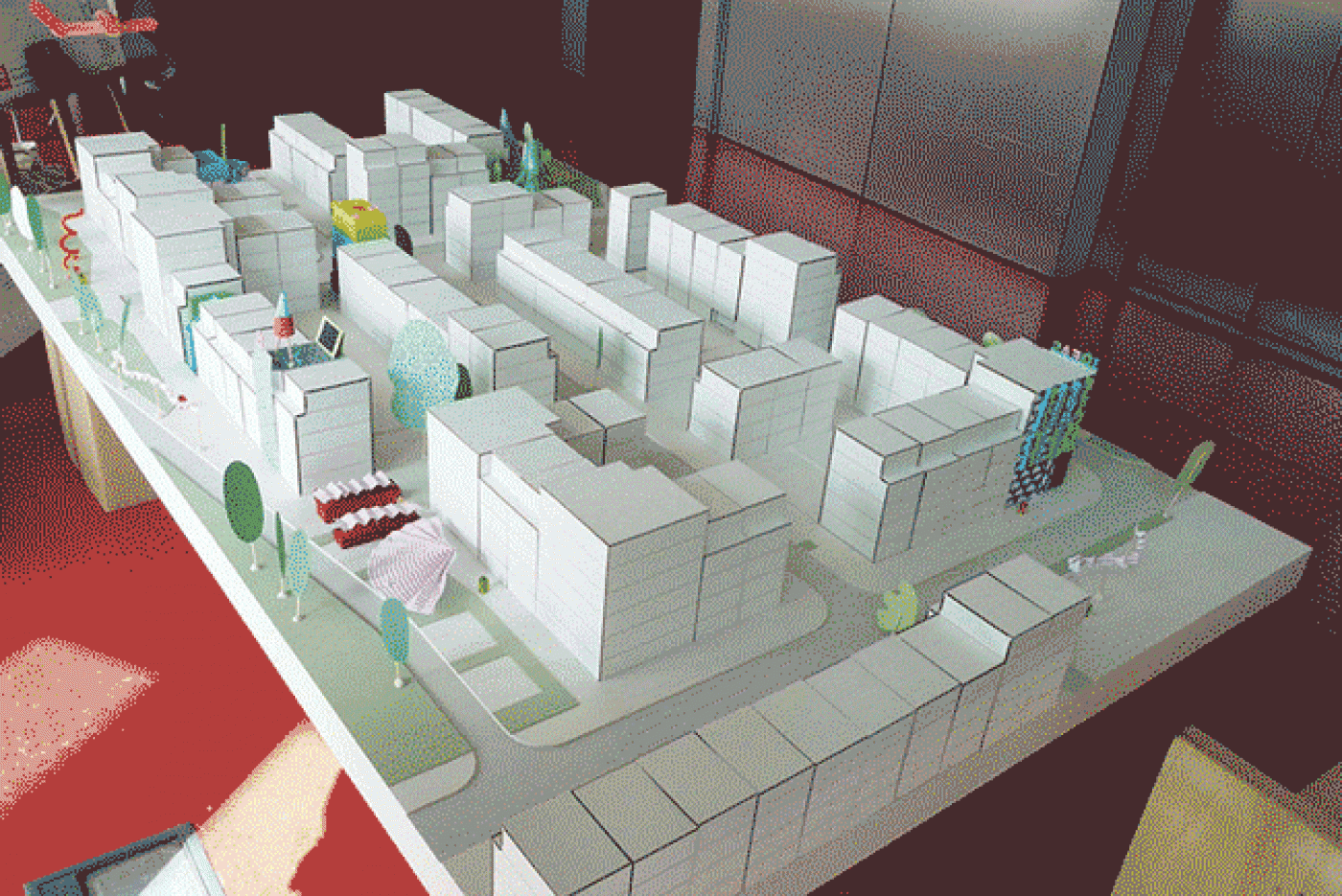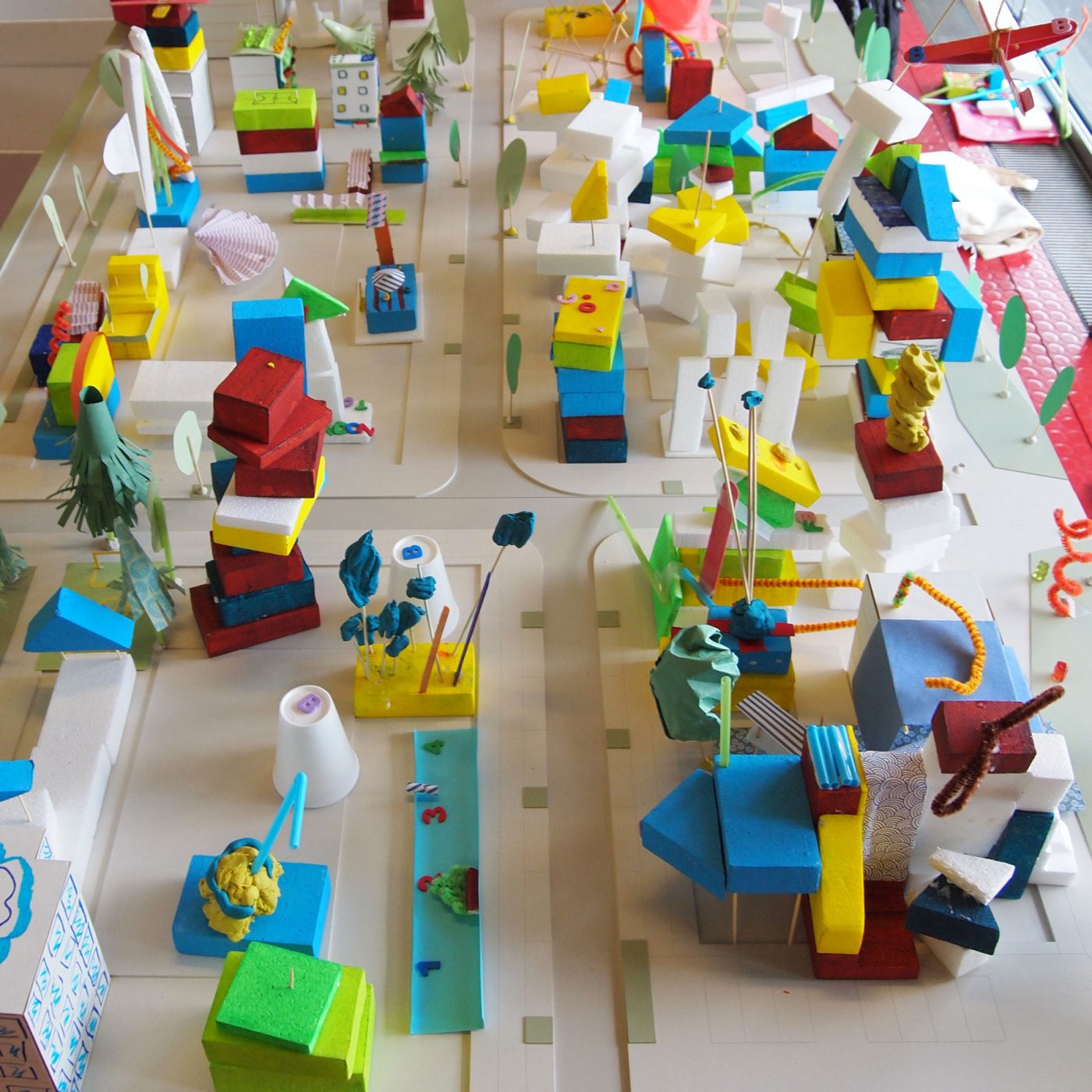Make and Break
Date: 2015
Involving the end user in the development of their neighbourhood: A community engagement model for housing
In 1961 the visionary Dutch Urban theorist John Habraken proposed a fundamental revision in their construction of housing. He defined housing as an act, rather than an object, declaring that the people seeking housing both social and private deserved a larger role in the building process. He argued that mass housing of the 60s was set to ‘produce a situation where individuals had no influence over their homes. Not allowed, or unable, to change anything about it.’ The idea of community involvement poses a fundamental question of authorship to architect and whether we should be prepared to relinquish control and step back to format the ideals of others.


A tangible case study of Habraken’s theory can be found at Molenvliet designed by Frans van der Werf in 1974, a ‘Open Building project’, also in the Netherlands, which was monitored by a team of sociologists. Their findings illustrated that people who had the chance to design their own home were more satisfied in the long term. 15% stated they considered leaving in comparison with 42% of those who had not participated. This study proved stimulus to change policy and to date Dutch policy seeks to ensure a third of its new housing is based on the initiative of its future occupants.
Our Make and Break initiative for the 2015 London Festival of Architecture investigated how a model of community engagement along with a loose fit infrastructure might shape a place. Within current models of housing delivery in the UK there appear few variations in their approach to townscape. The certainty required by planning and the level of control determined by the developed and their design team often leaves little scope for the unpredictable, for innovation, for freedom and surprise.
Make and Break asked local residents of Whitechapel to build what they believed could make a strong community. Our interactive model illustrated a typical new city neighbourhood at 1:100. Consisting of background architecture with terrace housing and apartments, to act as a canvas for the community’s ideas. Gap sites were left for infill and resident interventions such as play spaces, urban farms or leisure space. Over the course of the day, however, more ambitious residents started replacing the simple, mute apartments buildings with more ambitious mixed use blocks accommodating healthcare, education spaces and cultural programmes. The project builds on Mæ's earlier ideas of enabling architecture and our proposals for an open system of construction for custom builders. Our Party wall project enabled spontaneity. The construction of serviced plots and party walls established enough order and enough structure for people to create their own homes and for the varied drama of life to unfold.


The response was rich with ideas and expressive interventions but nonetheless grounded by reflecting the real day-to-day needs of the community; it was interesting to note the replication of local facilities such as hospitals and universities (London Hospital and London Metropolitan University nearby). These were facilities that residents obviously knew as lynchpins of their local area. The clearest observation to be made from the event was the appreciation and positivity exuded in the chance to engage and, to use the event's title, ‘Make and Break’ urban planning convention. The product: a model that the participants had a sense of ownership over. By the close, the event needed little monitoring, you felt that if the model had have been left along with instructions on the wall, the residents of the Ideas store would have taken it as their own and this fictional city set would have continued to adapt.The positivity of this event made an interesting comparison to many community consultations our practice and others regularly participate in. When asked to actively participate, rather than spectate on pre-designed outcome, the resultant conversation was open, aspirational and informative.